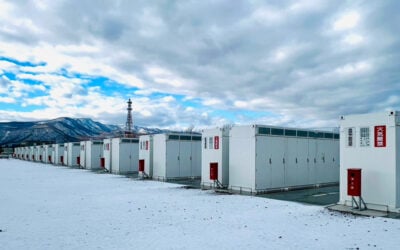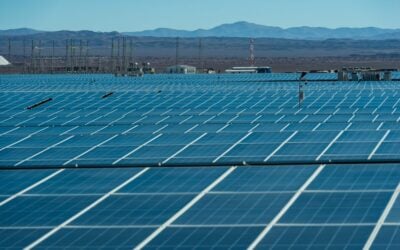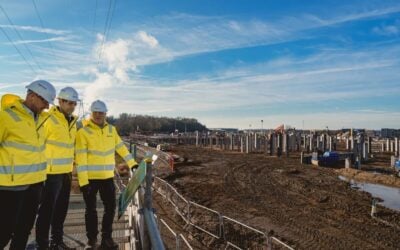Residential solar in Japan. Image: Solar Frontier.
A spokesman for Solar Frontier has said that a retrofit market for up to half a million home energy storage systems could open up in Japan from the year 2019, as agreements made under a subsidy scheme for solar in existence before the current feed-in tariff begin to reach the end of their terms.
There may be 500,000 households perfectly suited to adopt the technology in 2019, Hideki Gakumazawa of the Japanese vertically-integrated thin-film solar manufacturer told Energy Storage News.
Solar Frontier’s Hideki Gakumazawa said cost is still the “greatest challenge” for battery storage in Japan. While the company is hoping, through a combination of industry-wide cost reductions, as well as efforts on Solar Frontier’s part, to sell grid-competitive storage for homes by 2018, the following year will see a “major inflection point”, he says.
Japan first introduced a buyback scheme for solar in 2009, even before the more internationally renowned 2012 introduction of a ¥42 (US$0.357) per kWh FiT, Gakumazawa points out.
Try Premium for just $1
- Full premium access for the first month at only $1
- Converts to an annual rate after 30 days unless cancelled
- Cancel anytime during the trial period
Premium Benefits
- Expert industry analysis and interviews
- Digital access to PV Tech Power journal
- Exclusive event discounts
Or get the full Premium subscription right away
Or continue reading this article for free
“This subsidy is valid for a period of 10 years. As these expire, as many as half a million homes could look to install storage to offset electricity costs, storing excess electricity generated during the day to offset costs in the morning and evening”.
Solar Frontier, in addition to manufacturing CIS thin-film modules, has its own project development business and like many other big players in the Japan market such as Kyocera, Canadian Solar and Panasonic, markets residential solar sold in whole solution kits that come bundled with inverter and other required hardware. Increasingly, these offerings are being expanded to include energy storage. Panasonic has gone even further and built a solar-and-storage enabled ‘smart community’ on one of its former factory sites which could accommodate up to 3,000 households.
The current state of play
Japan has some subsidy schemes currently in place for residential energy storage systems that have driven interest in the market as it stands, launched in March 2014. These have run alongside the feed-in tariffs for solar and other renewables that were introduced in 2012, in the wake of the Great East Japan Earthquake that rocked the Fukushima nuclear power station a year earlier.
Solar industry analyst Dr Hiroshi Matsukawa of a Tokyo-headquartered firm, RTS PV, told Energy Storage News this week that the economic case for home storage batteries remains relatively weak and that homeowners are installing batteries mainly for backup. While this is clearly of emotional and practical relevance in a country prone to earthquakes and severe climate events such as hurricanes, it is obviously difficult to factor in as an economic benefit when purchasing a system.
Similarly, while Japan has time of use electricity charges, they only differentiate on two tiers, with daytime and night rates that Matsukawa say do not differ significantly enough to offer good payback terms.
Today, in a guest blog for Energy Storage News, Volker Wachenfeld, senior vice president for hybrid and energy storage integration at European inverter maker SMA wrote about the various current use cases for retrofitting storage to home PV systems in a number of global markets. Wachenfeld’s blog quotes PriceWaterHouse Cooper analysts, who have said they expect that significant refurbishment or retrofit installations will start happening in “somewhere down the road between 2019 and 2022”.





